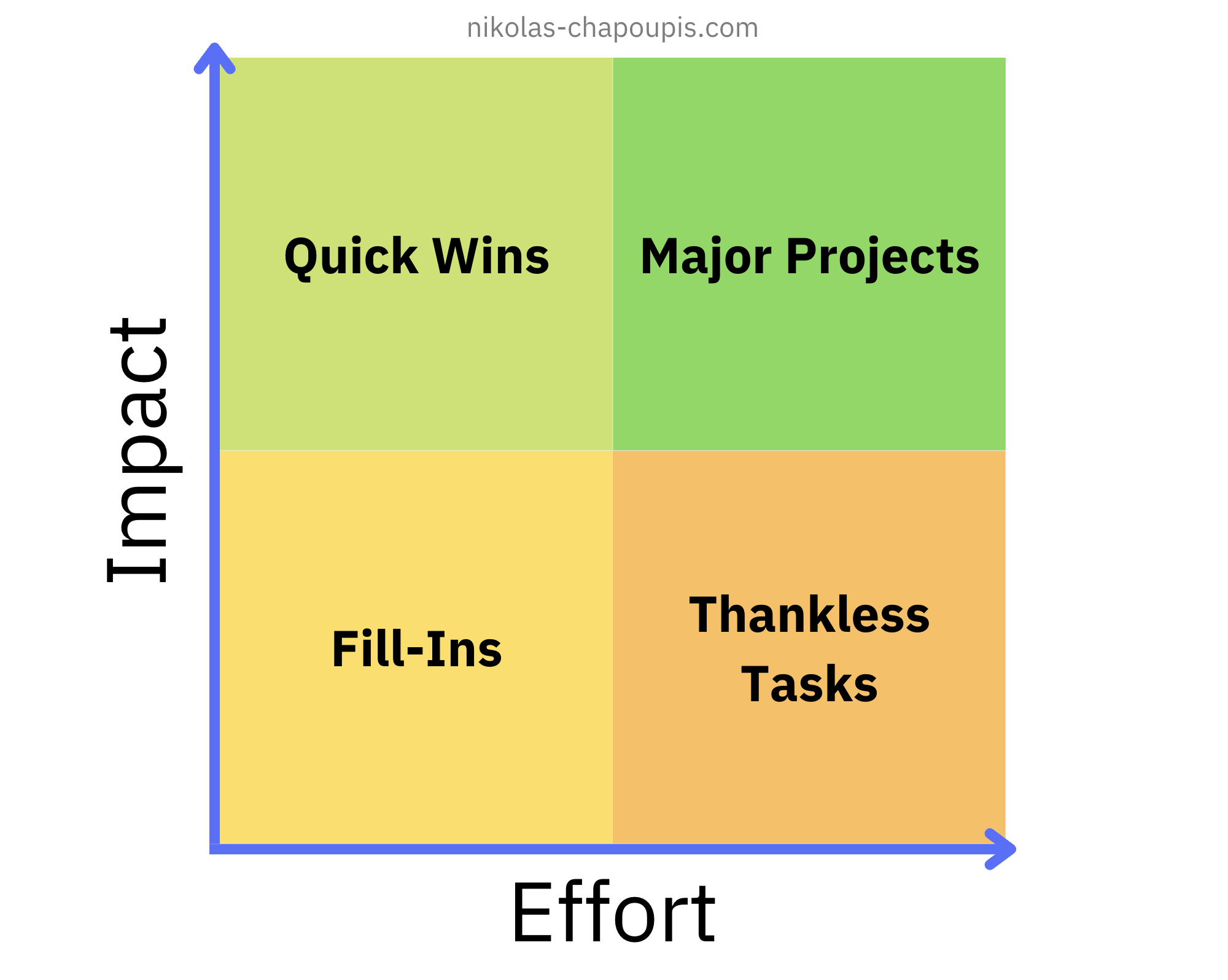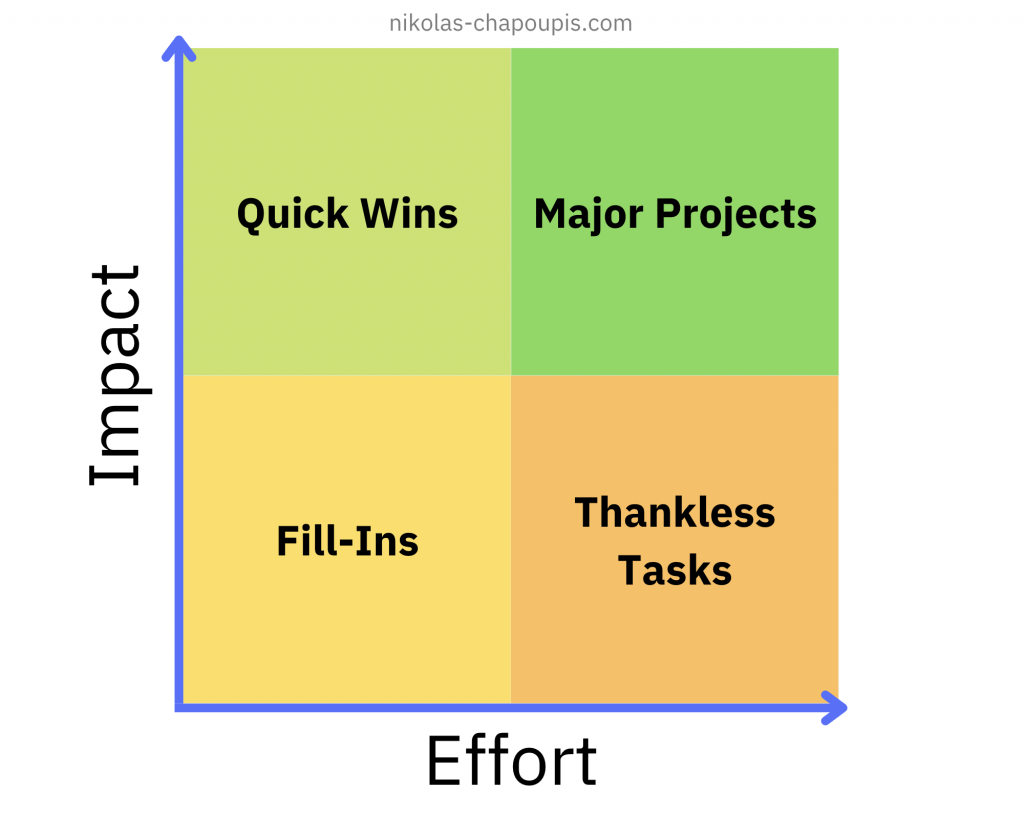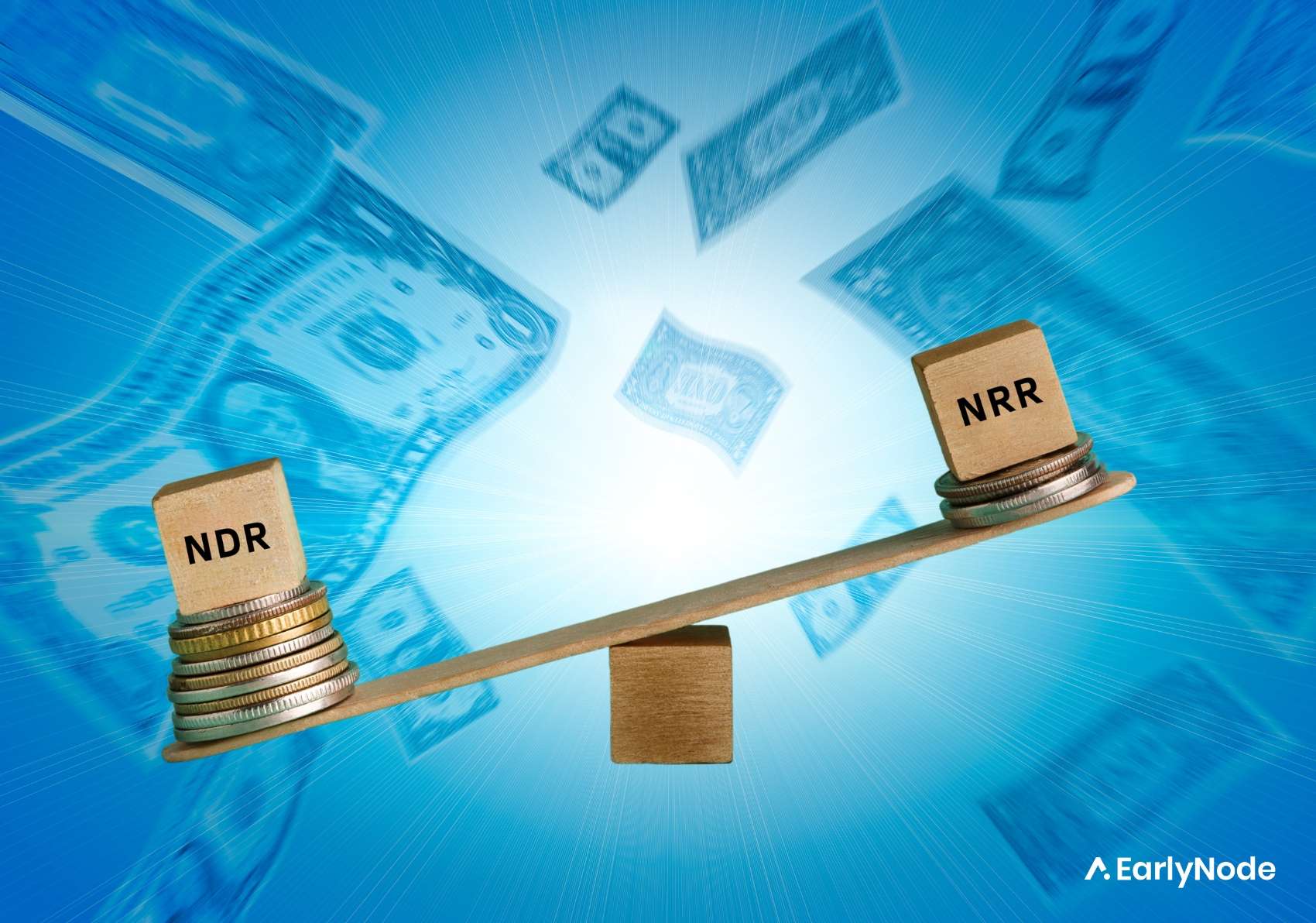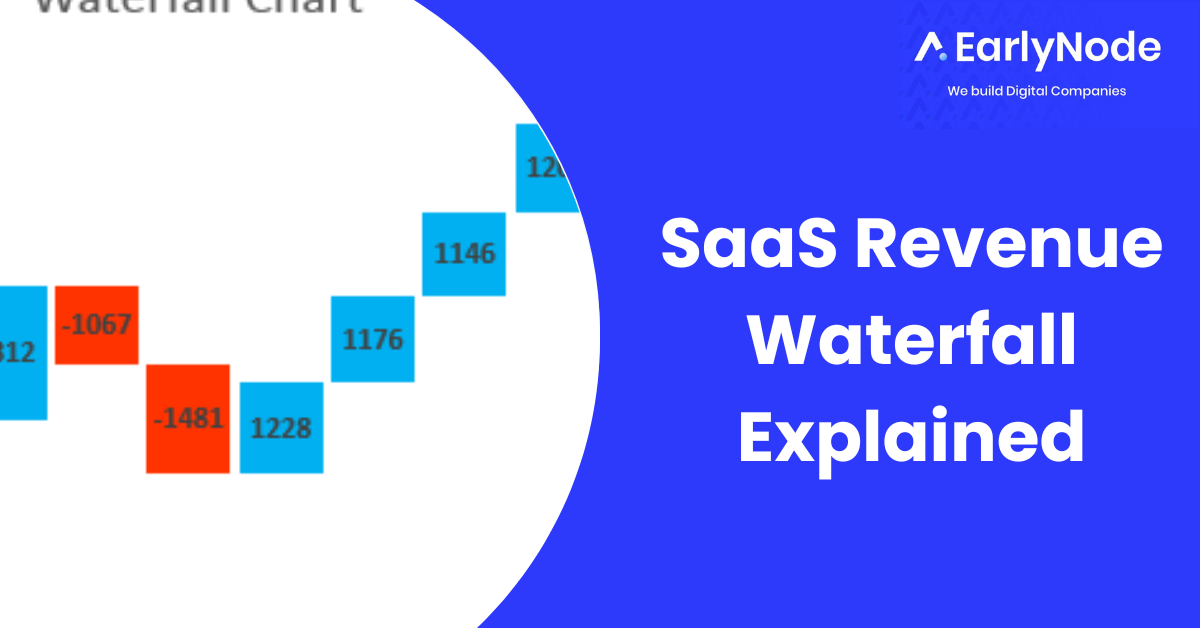Action Priority Matrix

Having multiple tasks to complete at work can be exhausting, especially considering you have limited time and resources. We rarely can clean up all those tasks on our checklist.
But what if you could avoid being overwhelmed with so much work and make the most of your time? Well, you’re in luck!
Prioritizing tasks helps you to maximize productivity and avoid burnout.
There are many methods and tools to help you determine which tasks to finish first, and one technique is the Action Priority Matrix technique.
What is an Action Priority Matrix?
An Action Priority Matrix is a tool to help prioritize tasks and make the most of the limited time, efforts, and opportunities. It is a four-square grid with four categories: Quick Wins, Major Projects, Fill-ins, and Thankless Tasks.
It groups your activities in a way that helps you know where to focus your team’s time and resources. With that, you are either achieving quick wins to drive momentum or big wins that will bring significant returns for your company.
The Four Categories of an Action Priority Matrix:

1. Quick Wins (High Impact, Low effort)
These tasks are the most profitable. These activities bring many benefits to your team with little effort and time. Focus on these wins first.
2. Major Projects (High Impact, High Effort)
These activities are unavoidable. They take a lot of time and energy to finish off but reward you with significant results. Tackle these tasks after finishing your Quick Wins. Try not to let it take too much of your time.
3. Fill-Ins (Low Impact, Low Effort)
Sometimes you get some hours to spare where there’s not much to do. You can ‘fill in’ those times with these tasks. They’re not a high priority, and delaying them for a bit won’t make any difference. You’d have to clear them anyway, so just make a list of those activities and clear them in your spare time.
4. Thankless Tasks (Low Impact, High Effort)
These tasks are ‘problem tasks.’ They take up so much time and resources and produce little output. If you can, eliminate them. Delegate them to someone. Paying an expert to clear those jobs off your desk also works.
How can Product Managers Use an Action Priority Matrix?
Product managers can use an Action Priority Matrix to help them prioritize their tasks. You can use the matrix to help break down major projects into smaller tasks that can be more easily completed.
It can also help identify which tasks are high impact and low effort versus those that are low impact but high effort. For example, assuming you’re working on a SaaS product, working on new product features could fit into Quadrant 2 (Major projects).
Variants of the Tool
There are different styles of the Action Priority Matrix tool.
- The Eisenhower Decision Matrix also uses four squares, with the axes being Importance and Urgency.
- MoSCoW prioritization method stands for Must, Should, Could, Won’t. This method uses five squares: Urgent and Important, Not Urgent but Important, Urgent but Not Important, Not Urgent and Not Important, and finally, Quick Wins.
Conclusion
You don’t need to get stressed because you and your team have your face deep in tasks to finish. You can become more productive by using the Action Priority Matrix to group your tasks in order of importance. Why don’t you give it a try this week?




